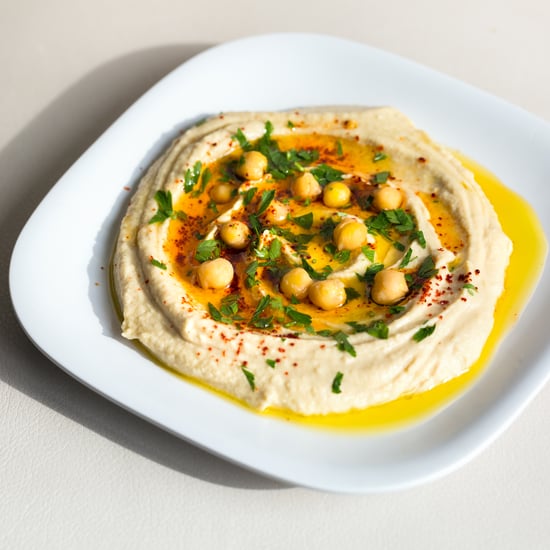What Is the Blood Type Diet?
Your Blood Type Holds a Lot of Information — Like What You Should Be Eating
![]()
Unlike most diets, the blood type diet was founded on the concept of personalised nutrition — eating different foods based on one's biochemical makeup. Eat Right 4 Your Type, commonly known as the blood type diet, was published in 1996 by naturopathic doctor Peter J. D'Adamo. According to Eat 4 Your Type, your blood type can provide an analysis on how your body reacts to foods and stress, explain your gut bacteria, and potentially predict your susceptibility for certain diseases.
How Does the Blood Type Diet Work?
The first step to starting this diet is knowing your blood type (O, A, B, or AB). Once your blood type has been determined, you simply make the necessary adjustments to your diet by following a nutritional plan catered to your blood type.
Type O
This diet focuses on lean organic meats, vegetables, legumes, fruits, and avoiding wheat and dairy, which can trigger digestive and health issues like inflammation and autoimmunity. Because Type Os tend to display the "flight or fight" stress response, causing chemical imbalances, caffeine (which raises adrenaline and noradrenaline levels that are already high) and alcohol should be eliminated. Kelp, seafood, red meats, kale, and spinach are all beneficial to those with Type O blood. High-intensity exercise like running is also advised. People with O blood type may be predisposed to certain illnesses like ulcers and thyroid disorders, and tend to have higher levels of stomach acid. Type Os are able to easily digest proteins and fats, due to a higher secretion of two chemicals present in the digestive tract — intestinal alkaline phosphatase and a lipoprotein called ApoB48.
Type A
People with Type A blood handle carbohydrates very well. They have lower levels of hydrochloric acids in the stomach and an ability to efficiently digest carbohydrates. It can be harder to digest and metabolise animal protein and fat. Type As tend to have naturally high levels of stress and flourish on a vegetarian diet, due to toxin elimination causing higher energy levels as a result. Consuming foods that are fresh and organic paired with calming exercises are great for those who have Type A blood.
Type B
Those with blood Type B will thrive as a "balanced omnivore," eating meat, low-fat dairy, grains, legumes, fruits, and vegetables. With a lot of food flexibility, it is advised to avoid chicken, replacing it with meats like lamb and venison. Moderate exercise with a mental component like hiking or cycling are also recommended. Those with Type B blood tend to producer higher than normal cortisol levels when it comes to stress, have a sensitivity to B-specific lectins in certain foods that can lead to inflammation, and are susceptible to "slow growing lingering viruses" and autoimmune diseases. Corn, wheat, buckwheat, lentils, tomatoes, peanuts, and sesame seeds can cause weight gain for those with Type B blood. These foods affect the metabolic process which can lead to fluid retention, fatigue, and hypoglycemia.
Type AB
Having type AB blood is so rare, it's found in less than 5 percent of the population. Type AB are codominant and face both the benefits and challenges of Types A and Types B. A mixed diet works best for those who are Type AB, eating foods like lamb, dairy, grains, vegetables, and fruits. A combination of calming and moderate exercise is great for those who are Type AB. Small, frequent meals help with digestive problems due to low stomach acid. Caffeine and alcohol should also be avoided, particularly when under stress.
The Verdict
This diet seems to be a great fit for those who are looking to optimise how they feel on a daily basis. While some blood types seem to have more restrictions than others, it's worth trying if it can help you look and feel your best in the years to come! As always, speak to your doctor before making any significant changes to your diet.








